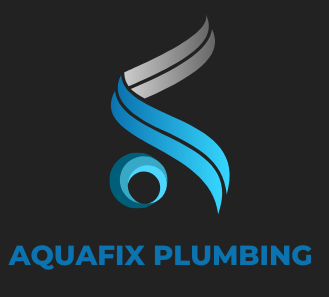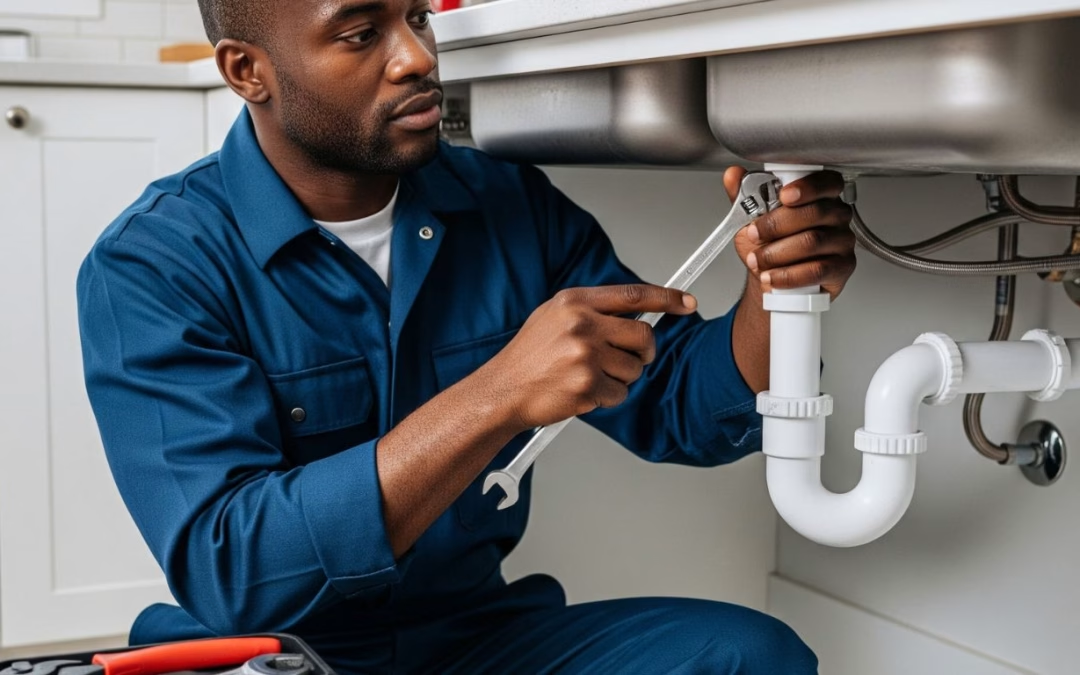Durban Plumbing codes – Why are they important?
When you turn on a tap in Durban, you rely on hidden plumbing codes. These essential rules are the technical foundation for every water system, securing public health, safety, and water efficiency across the eThekwini Municipality. With water conservation a priority, compliance is non-negotiable. Non-compliant work risks contaminated water, structural damage, and severe fines. Whether you’re planning a renovation or need urgent work, mastering these codes is the first step to protecting your valuable Durban property investment.
Understanding the Foundation of KZN Plumbing eThekwini plumbing codes
Defining the National Standard (SANS)
Plumbing regulations aren’t created in a vacuum; they’re built on solid, South African National Standards (SANS), ensuring a minimum quality benchmark across KwaZulu-Natal. The two cornerstones for any Durban plumbing contractor or homeowner are:
Plumbing regulations aren’t created in a vacuum; South African National Standards (SANS) build them. Consequently, this ensures a minimum quality benchmark across KwaZulu-Natal. The two cornerstones for any Durban plumbing contractor or homeowner are:
- SANS 10252 (Water Supply and Drainage Systems): This standard dictates all technical details. It covers pipe sizing, approved materials, necessary drainage slope, and essential measures for preventing cross-contamination. In short, it’s the rulebook for your entire water feed and sewer line.
- SANS 10254 (Installation of Fixed Electric Storage Water Heating Systems): This code is crucially important for every home with a traditional geyser or modern solar water heater. It focuses entirely on hot water safety, securing your installation against high-pressure risks, leaks, and potential bursts.
Who Enforces the Rules in Durban?
In Durban, the eThekwini Municipality handles primary oversight. The Building Control section ensures that all new installations and major renovations meet the National Building Regulations. Meanwhile, the Water and Sanitation Department rigorously monitors compliance concerning water consumption, wastewater discharge, and all local water conservation by-laws. If you’re a homeowner undertaking a major project, your plumbing compliance documentation goes directly to them.
Key Technical Areas in Durban Plumbing Regulations
Water Supply Systems: Purity and Pressure
Compliance here protects your health and your fixtures:
- Approved Materials and Installation: Codes specify materials suitable for the coastal environment. This helps reduce corrosion risk. Additionally, pipes must be correctly supported and sleeved—critical work for any Durban property.
- Pressure and Backflow Prevention: Regulations demand safe water pressure limits to protect your taps and appliances. Most importantly, they mandate backflow prevention devices. These units prevent non-potable water from entering your clean drinking supply. Clearly, this is a non-negotiable health protection measure.
Drainage Systems: Flow and Odour Control
A functional drainage system eliminates waste efficiently and safely:
- Proper Venting: Drainage venting (the pipes through your roof) equalises pressure. Therefore, it prevents trap siphoning and stops unpleasant sewer gases from entering your home. Inadequate venting is a classic sign of non-compliant drainage work.
- Slope Requirements: SANS 10252 sets an exact minimum and maximum gradient (slope) for drainage pipes. This precision ensures solid waste moves without leaving solids behind.
- Trap Standards: Every basin, shower, and toilet requires a correctly installed water trap. This forms a reliable seal against odours and pests.
Hot Water Installations (Geysers): SANS 10254 Safety
Due to the inherent high-pressure safety risks, the geyser installation constitutes the most strictly policed part of your home’s plumbing.
- Safety Components: A compliant installation requires several certified components: the correct Temperature and Pressure (T&P) Valve, a precise Pressure Reducing Valve (PRV), and correctly positioned vacuum breakers.
- Discharge Pipes: As per code, the overflow pipes from the drip tray and T&P valve must use approved, durable materials. They must also discharge visibly outside the building. Significantly, this visibility allows homeowners to immediately spot an issue.
If you’re planning to install a toilet yourself, check out our DIY Toilet Installation Guide for step-by-step instructions and tips.
Stormwater and Water Management: The New Durban Imperative
Given our water scarcity concerns, modern Durban plumbing codes heavily encourage eco-compliant and resource-saving practices:
- Rainwater Harvesting Systems: When installing a rainwater tank for garden use, the plumbing must be clearly separated and labelled. This prevents any chance of mixing with the potable supply.
- Water-Saving Devices: Compliance is increasingly tied to the use of low-flow fixtures and minimal wastage.
For up-to-date information on water supply, sanitation services, and plumbing requirements in Durban, you can visit the Durban Water and Sanitation Services page.
Hot Water Installations (Geysers): SANS 10254 Safety
Due to the inherent high-pressure safety risks, the geyser installation is the most strictly policed part of your home’s plumbing.
- Safety Components: A compliant installation needs several certified components: the correct Temperature and Pressure (T&P) Valve, a precise Pressure Reducing Valve (PRV), and correctly positioned vacuum breakers.
- Discharge Pipes: As per code, the overflow pipes from the drip tray and T&P valve must use approved, durable materials. They must also discharge visibly outside the building. Significantly, this visibility allows homeowners to immediately spot an issue.
Conclusion
Sticking to Durban’s plumbing codes isn’t red tape; it’s a smart investment in your property’s future. Code compliance offers profound financial and safety benefits. It prevents catastrophic pipe failures, demonstrably lowers your utility bills through efficiency, and guarantees the structural integrity of your water systems. You must always insist on licensed professionals. Choose a registered plumber every single time.
Need a plumbing compliance check in Durban? Contact our certified, reliable team for reliable service that meets all local codes and guarantees your peace of mind. We specialise in geyser CoC and leak detection across the eThekwini Municipality.
Durban Home Plumbing Compliance Checklist
This checklist outlines critical plumbing compliance points for homeowners in the eThekwini Municipality (Durban area), focusing on water conservation and legal requirements.
-
Water Supply Meter and Connection
- Meter Accessibility: Is the water meter easily accessible and clearly visible for municipal reading?
- Isolation Valve: Is a working main isolation valve present immediately after the meter for emergency shut-off?
- No Unauthorised Connections: Verify that no connections bypass the municipal meter.
-
Geyser and Hot Water System
- Safety Valves: Are the pressure reducing valve (PRV) and temperature/pressure relief valve (TPRV) present and functional? (Required for all domestic hot water systems).
- Drip Tray and Drainage: Is the geyser installed above a habitable ceiling (e.g., in the roof space)? If so, is there a compliant, permanently plumbed drip tray draining externally?
- Overflow Discharge: Does the geyser's safety overflow pipe discharge in a visible location (like a downpipe or wall face), not into a hidden drain?
- SANS Compliance: Verify the geyser installation adheres to SANS 10254 standards (relevant for all new installations or major replacements).
-
Fixtures and Water Efficiency
- Toilet Cisterns: Are all toilets equipped with dual-flush mechanisms (or at least low-volume 6/3-litre cisterns) to meet local water saving requirements?
- Taps and Mixers: Are mixer taps equipped with aerators or flow restrictors to limit water flow without sacrificing pressure?
- Low-Flow Showerheads: Are showerheads rated as low-flow (typically less than 9.5 litres per minute) installed throughout the home?
-
Drainage and Waste Water
- Greywater and Sewer Separation: Ensure all sewerage (toilet waste) flows into the municipal sewer line and no greywater (sink, shower) is incorrectly directed into the storm drain (or vice versa).
- Trap Vents: Are U-bends/traps present under all sinks/baths and correctly vented to prevent sewer gas ingress?
-
External/Irrigation Systems
- Non-Potable Source: If using a rainwater tank or borehole, is the plumbing clearly marked and not interconnected with the municipal supply line? (Backflow prevention is essential).
- Leak Prevention: Inspect all external hose bibs (taps) and irrigation sprinklers for visible leaks or drips.


Recent Comments